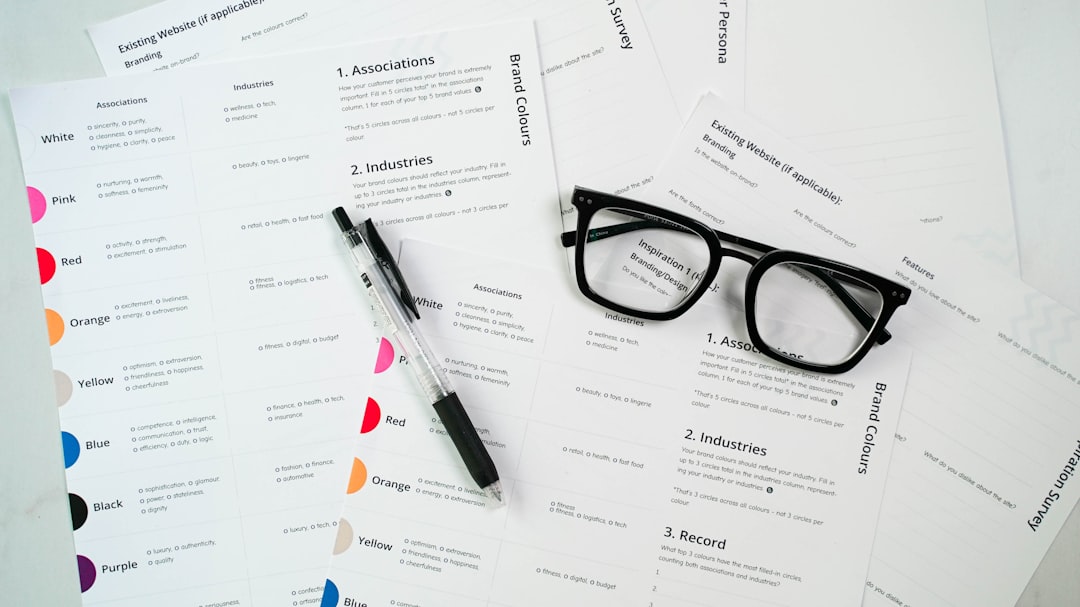Ever wondered if submitting your resume as a PDF could get you ghosted by a robot? You’re not alone. Many job seekers worry that their beautifully designed PDF might be rejected by the all-knowing, ever-scanning ATS—short for Applicant Tracking System. Let’s break it down and see if that’s really the case.
What is an ATS?
An ATS is a software used by companies to manage job applications. Think of it like a digital gatekeeper. It scans and organizes resumes before a human recruiter even sees them.
It looks for keywords, skills, and job titles. If your resume has what the job description wants, you move ahead. If not… your resume might be lost in the digital void.
Does it hate PDFs?
Now, the million-dollar question. Does an ATS reject PDFs?
No, not always! But… it depends.
Some ATS software reads PDFs just fine. Others? Not so much.
Here’s the catch: if your PDF is not made the right way, or if it has too much design, it might confuse the system. And confusion leads to rejection.

Why an ATS struggles with PDFs
Some reasons PDFs can’t be read properly:
- The text is saved as an image instead of real letters.
- Too many columns or fancy fonts confuse the system.
- Diagrams, tables, and graphics get in the way.
Remember, ATS programs are like picky eaters. They don’t like surprises. Give them something too flashy, and they’ll spit it out.
When does PDF work just fine?
If you create a basic, text-based PDF, most modern ATS programs can read it easily.
Tools like Microsoft Word, Google Docs, and Canva usually make PDF files that are ATS-friendly—as long as you stick to simple formats.
Good reasons to use PDF:
- Keeps your resume formatting exactly as you designed it.
- Prevents odd formatting changes that can happen with Word files.
- Makes your work look neat and professional.
Just make sure you avoid wild fonts, images, and columns. Think “neat and clean.”

Word vs. PDF: Which is better?
Here’s a simple truth: Word Docs are safer, but PDF looks better.
Want your safe option? Use a .docx file.
Want your pretty option? Use a well-structured PDF.
Or better yet — have both ready!
Tips for an ATS-friendly resume
- Stick to simple fonts: Arial, Calibri, Times New Roman.
- Use clear section titles: Education, Work Experience, Skills.
- No images or icons.
- Save as “text-based” PDF.
- Use standard file names: “John_Doe_Resume.pdf”
Also, always check the job application instructions. If it asks for a Word doc, send that. If it doesn’t specify, PDF is usually okay.
How to know if your PDF is ATS-friendly
Try this easy trick:
- Open your PDF.
- Use your mouse to highlight the text.
- If you can copy and paste the text into a Word document — you’re good!
If the text doesn’t copy right or appears messed up, the ATS might not read it either.
The verdict
PDFs are not evil. ATS doesn’t hate them. But they have to be created the right way.
If you keep your resume clean, simple, and text-based, your PDF will pass the test.
Still not sure? Play it safe with a Word file. Or, better yet, keep a copy of both handy. That way, you’re ready for whatever the robots (and humans) prefer.

So, the next time you upload your resume, smile. You now know exactly what an ATS wants. Go get that job!
